SEO vs SEM: How to Choose the Right Strategy for Maximum ROI

Marketing works when traffic turns into leads at an acceptable acquisition cost. Comparing SEO vs SEM (search engine marketing) helps decide where to get clicks today and where to build a stable flow for the months ahead. In this article, we will break down the approaches and explain how to combine them without conflicts.
Well-configured tracking, clear landing pages aligned with user intent, and shared rules for both channels are what make the choice transparent and manageable.
SEO without myths: How organic search works
The combination of technical settings, relevant content, and external trust signals that help pages rank higher in organic results is what SEO (search engine optimization) is all about. The goal — reduce dependence on auctions and attract high-quality traffic without paying per click. It works when pages match search intent, the site is indexed without barriers, and the brand consistently receives mentions.
In practice, this means fast-loading mobile pages, clear site structure, internal linking by clusters, updated materials, and natural mentions in niche sources. Within business processes, SEO reduces CAC (customer acquisition cost) over time, stabilizes lead flow, and improves conversions from other channels thanks to better query alignment.
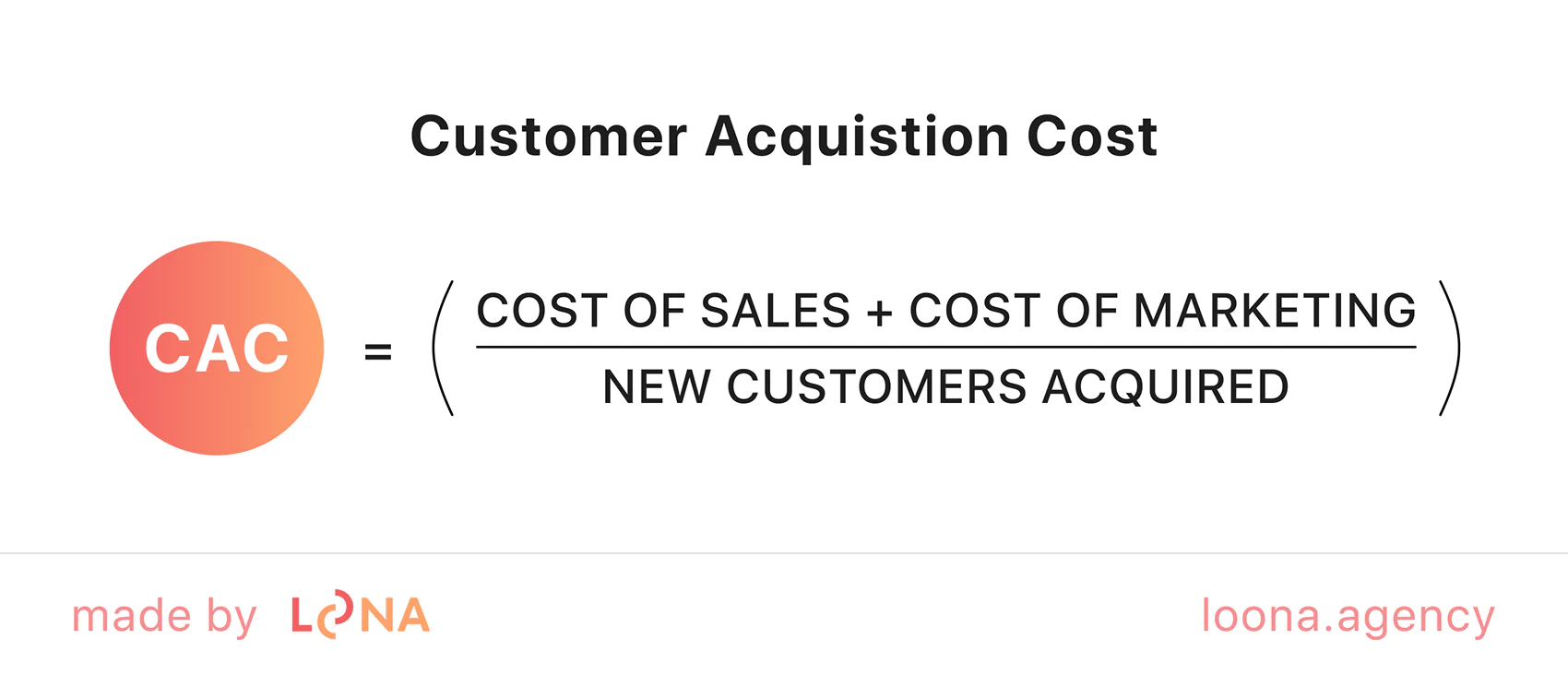
In the SEM SEO digital marketing approach, these actions are combined with bid and keyword management to maintain a transparent cost per lead. To briefly answer “what is SEO and SEM”: SEO provides organic visibility without pay-per-click, while SEM focuses on paid search advertising. That is the essence of SEO and SEM meaning in two sentences — the rest of the article will show how to align them without wasting budget.
On the technical level, this includes log analysis to detect inefficient crawling, monitoring canonicals and pagination, checking JS (JavaScript) rendering, sitemap management, and hreflang setup for multilingual projects. On the content level — mapping search intent into clusters, precise title/H1 optimization, rich snippets, regular updates of evergreen materials, as well as Product/FAQ (frequently asked questions)/HowTo/Article schema for enriched results.
On the authority side — author profile pages, transparent sourcing, and mentions in professional media. Tracking is done in GSC (Google Search Console) by query clusters and in GA4 (Google Analytics 4) by assisted conversions. Data from SEM reveals high-converting keywords; transferring them into metadata and on-page content accelerates organic growth without chaotic keyword expansion.
Search engine marketing for paid search
SEM manages traffic from search and partner networks (Google Ads / Microsoft Advertising) with payment per click or per conversion. The advantage is a fast start and the ability to precisely capture commercial intent without waiting for organic growth.
The speed of launch and control over bids demonstrate the difference between SEM and SEO (search engine optimization): ads bring traffic within hours, while organic results require time for indexing and content development.
The campaign management structure includes:
Semantics and query matching: exact/phrase match, negative keywords, separation of branded and non-branded queries;
Bids and budget: CPC (cost per click) / CPA (cost per action) / ROAS (return on ad spend), adjustments by location, time, and devices;
Quality: relevant ad copy and extensions, plus a fast landing page with a clear CTA (call to action).
After launch, monitor search terms, pause irrelevant queries, and test variations of ads and landing page headlines. In SEO and SEM marketing, paid traffic delivers instant leads and reveals which wording works best — these insights are transferred into titles, meta descriptions, and content.
This is how practical SEO SEM marketing functions: SEM tests hypotheses, while SEO secures results in the search index.
To summarize the effect briefly, keep the focus on impression quality. For queries with strong purchase intent, use exact/phrase match and negative keyword lists (DIY, jobs, “free”). Separate branded and non-branded traffic to avoid mixing cheap clicks with expensive ones. In ad texts, repeat phrasing from the query, add price ranges, and clear timeframes — this increases relevance and CTR (click-through rate).
Next — bids and strategies. Start with the most controlled mode (Manual CPC or Maximize Clicks with a bid cap), collect conversions, and after 30-50 completed goals, switch to Target CPA or Target ROAS. Adjust by location (regions with better CPA), by time (ads running during sales team working hours), and by devices (mobile, if calls are the primary conversion).
Landing page quality is the main: fast mobile load speed, clear structure, a single CTA, a clickable phone number, and events tracked in GA4. Add assets such as site links, callout extensions, structured snippets, call, and location extensions — they expand ad real estate and improve CTR. For local services, price extensions with ranges and map extensions are particularly effective.
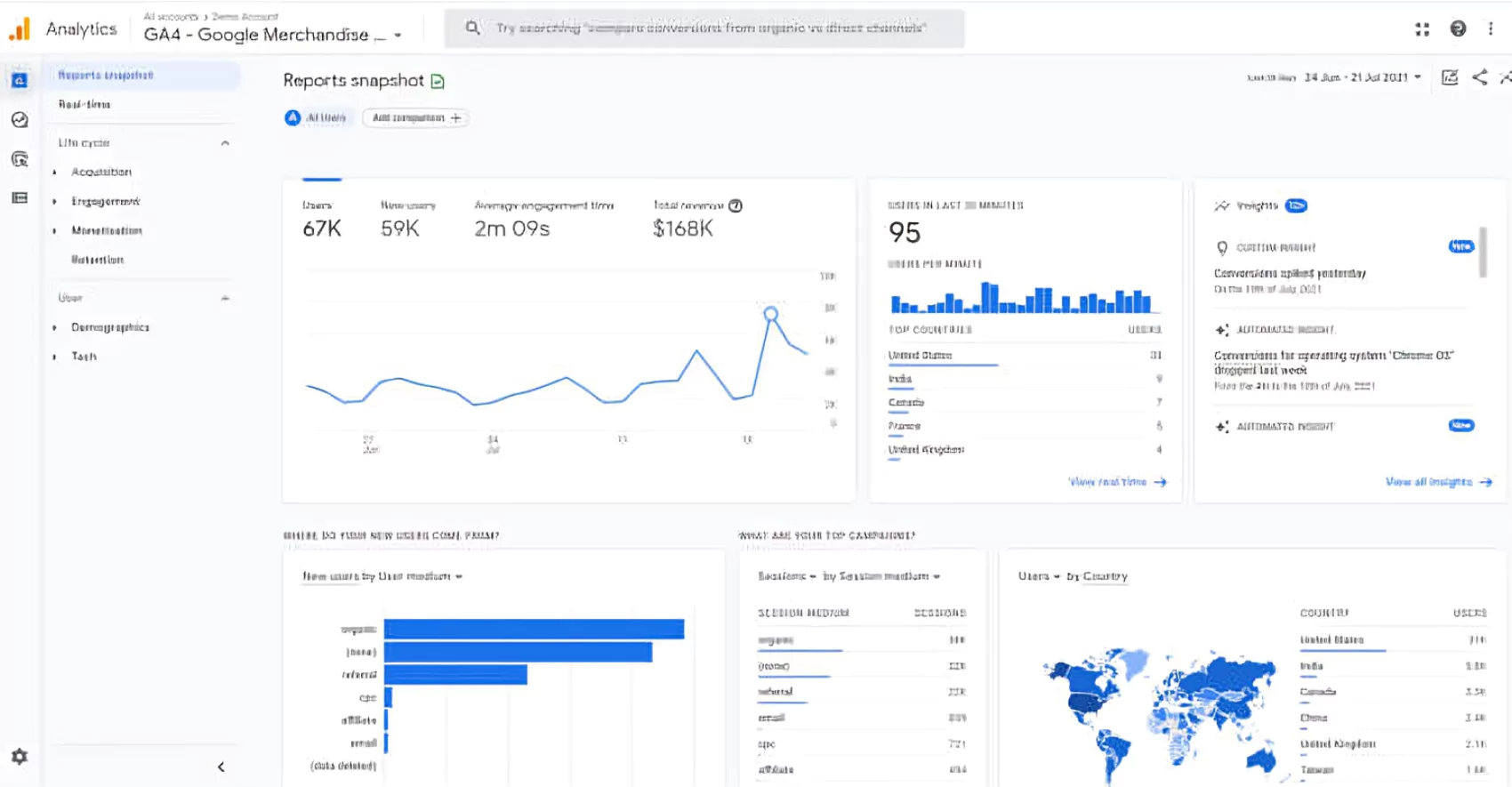
Be sure to configure measurement properly: in GA4, use form, call, booking, call tracking with unique numbers for the website and maps, and UTM (Urchin Tracking Module) parameters for every ad.
Import offline conversions from CRM (customer relationship management) so that the algorithm evaluates actual deals, not just leads. Regularly run tests: RSA (responsive search ads) headlines, landing pages, retargeting audiences; keep the winning variants and pause the weaker ones.
Even with high organic positions, a short branded campaign helps secure low-cost clicks and increases the total CTR of the search results page. For informational traffic from organic search, build audiences and nurture them with offers through search and display campaigns. This creates a controlled cycle from the first interaction to the lead without budget loss.
SEO vs SEM: Comprehensive comparison
Both channels lead to the same goal — leads and sales — but operate on different timelines. SEM drives “here and now” demand, while SEO accumulates visibility and reduces CAC over time. To explain the difference between SEO and SEM without unnecessary terms, here’s a quick comparison:
Parameter | SEO | SEM |
Start | Gradual growth after indexing | Impressions and clicks within hours |
Costs | Investments in content/technical setup, no pay-per-click | Pay-per-click/conversion, daily management |
Control | Limited influence on speed | Flexible bids, geo-targeting, and scheduling |
Effect Over Time | Builds traffic and brand queries | Provides an immediate boost and tests demand |
In the discussion of SEM vs SEO, normalize the comparison: same regions, same conversion goals, same time windows. If leads are needed this week, activate SEM and immediately track CPA (cost per acquisition).
If the goal is to reduce long-term CAC, invest simultaneously in content and technical optimization. This combination resolves the debate of SEO versus SEM and shifts the focus to ROI (return on investment).
How SEO and SEM work together
The channels do not compete — they reinforce each other. SEM quickly generates clicks and indicates which headlines, offers, and queries convert; SEO consolidates these signals in content and metadata, delivering unpaid traffic within the same intent cluster.
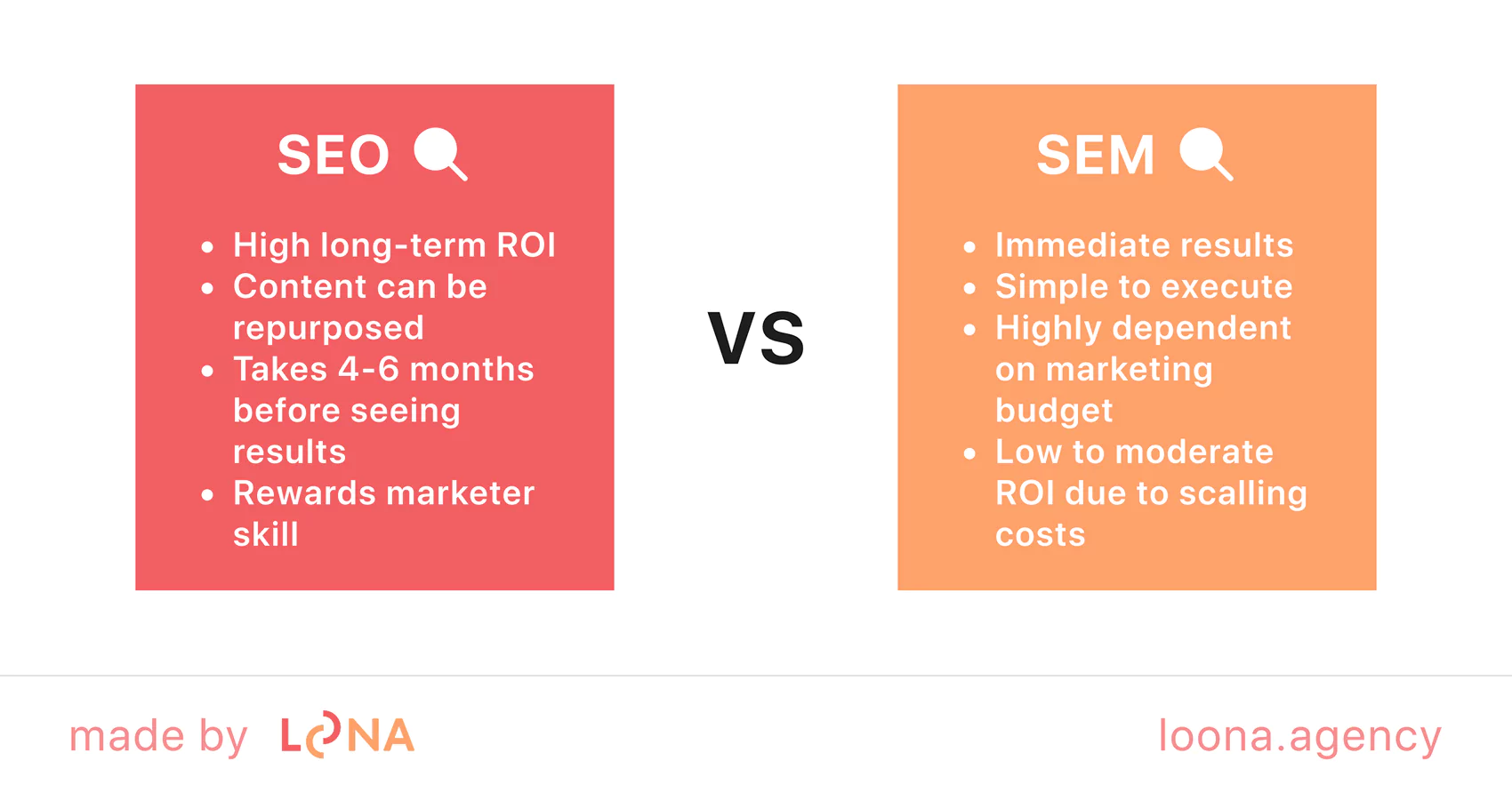
To ensure SEO and SEM pull in the same direction, shared measurement rules and identical landing pages are necessary. A practical cycle: launch ads, gather search terms and headline tests, and transfer the winners into the page title, H1, and page content. In the SEM and SEO marketing model, these insights immediately feed into the content plan and metadata.
Organic informational materials build audiences for retargeting, directing them to commercial landing pages. Simultaneously, a branded SEM campaign protects your traffic while organic positions grow. Operational details include using a single UTM (urchin tracking module), a unified definition of “conversion,” and a shared page brief covering speed, Core Web Vitals, and a clear CTA (call to action).
Weekly, transfer 10-30% of the budget between groups based on CPA and impression share. This way, SEM and SEO marketing maintain a stable lead cost, while SEO and SEM in digital marketing together deliver a higher CTR (click-through rate) on the search results page (ads plus organic). Organic search accounts for 53% of web traffic, while paid search accounts for 27%.
Which strategy delivers better ROI in your situation
In the short term, SEM wins with speed: campaigns can be launched in a single day, and CPA can be tracked immediately. Over the long term, SEO often reduces CAC by building visibility and brand-related queries. To avoid guessing when comparing SEM vs SEO marketing, use the same time windows, regions, and conversion goals.
Practical guidelines: if you need to close a lead deficit this month, focus on SEM with precise semantics and relevant landing pages, while simultaneously investing in pages targeting the same commercial clusters.
In the SEO SEM marketing framework and the SEO and SEM model, this means: a quick demand boost through ads plus systematic coverage of clusters with content and internal linking. If the product has good margins and stable demand, increase the share of organic traffic to reduce CAC over time.
When you notice differences in cost per click or conversion across regions, reallocate the budget to the areas with lower CPA, and expand content clusters specifically for these cities. The conclusion is simple: the best ROI usually comes from a combination. SEM tests messages and satisfies immediate demand, while SEO scales winning topics and retains traffic without pay-per-click costs.
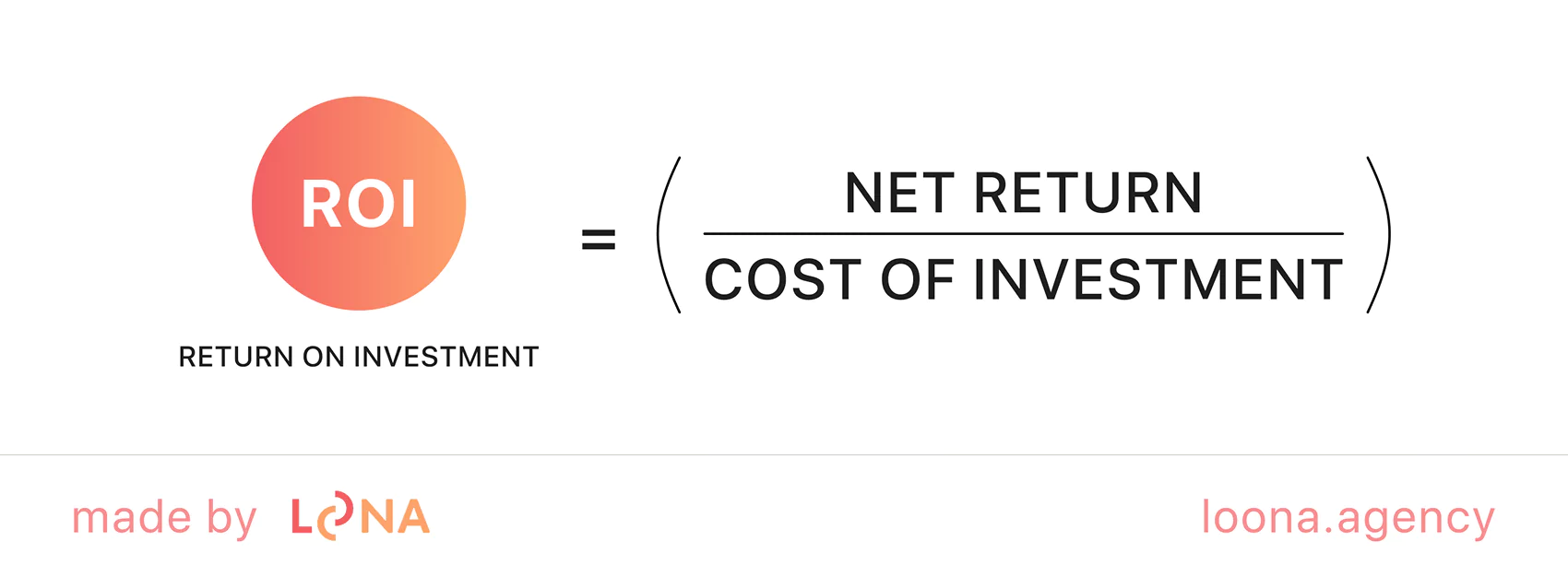
Remember that the difference between SEO & SEM relates to timelines and cost models, so maintain a shared dashboard and weekly budget adjustment rules — this turns the SEO and SEM difference from a debate into a manageable financial result.
Include “money in, money out” measurements: CPL (cost per lead) → CPA → LTV, payback in months, and margin after advertising expenses. For SEM, set a threshold for break-even CPA and keep branded traffic separate from non-branded traffic.
For SEO, plan page cohorts: commercial landing pages, supporting articles, and directories; assign each cohort its own KPI (conversion, assisted conversions, share of branded queries). In SEO & SEM reporting, follow a simple rule: do not measure organic performance “one week after release”; allow for indexing windows and initial updates.
To choose a quarterly mix, compile a table with demand seasonality, average margin, deal cycle, and sales team workload. If the SLA (service level agreement) for lead responses exceeds five minutes during business hours, the additional SEM budget will not achieve the expected CPA. First, improve follow-up speed.
Every 30 days, run a brand cannibalization test: briefly pause branded campaigns while monitoring organic CTR and impression share — this balances spending without losing leads. Also, follow a geo-strategy: SEM budgets shift weekly between cities with better CPA, while SEO content targets the same geo-clusters to consolidate effects without paying per click.
How to choose a strategy for your business
Start with your quarterly goal: how many leads are needed and what their potential cost could be. If a quick influx is required, focus on SEM with a clear CPA and relevant landing pages; if the objective is to reduce CAC over time, simultaneously invest in content and technical SEO. In SEO vs SEM marketing practice, a simple matrix applies: urgency × margin.
High-margin niches can sustain a longer organic timeline, while low-margin niches require strict control of bids and search terms.
The impact of SEO on increasing traffic and enhancing a company's impression can be seen in this example of the company's growth as a result of our work on the project.
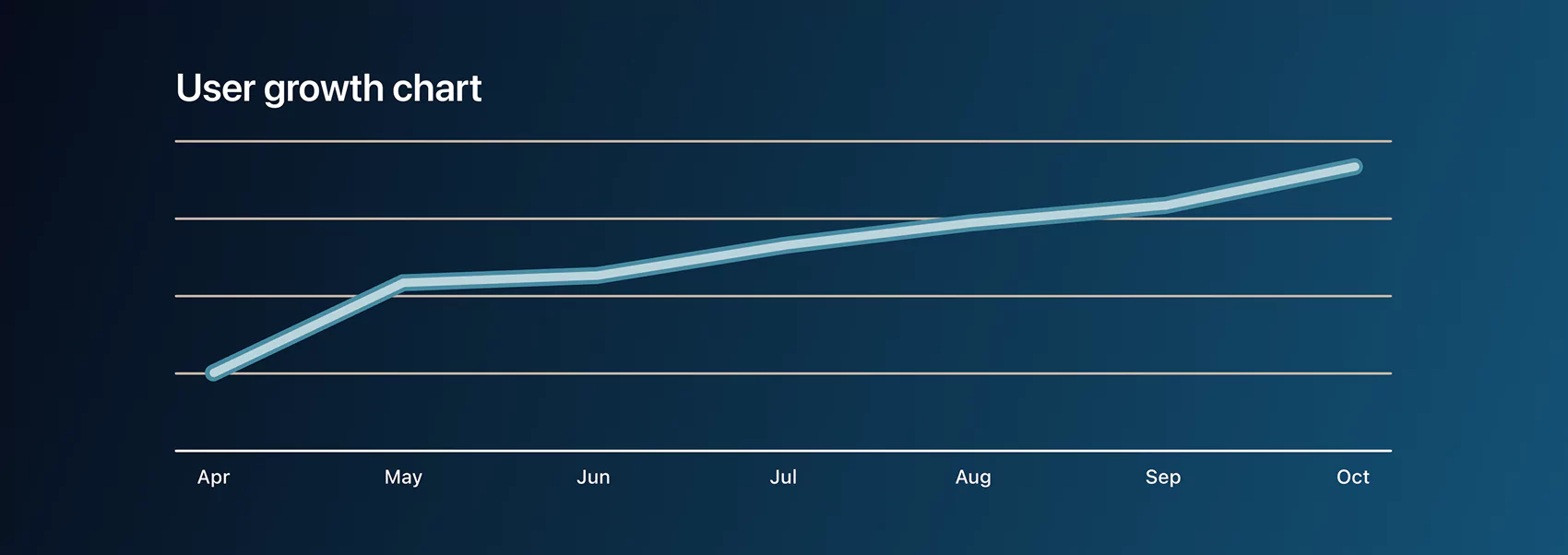
In 7 months, the number of users grew almost 3 times. After that, the company no longer faced irrelevant traffic, technical problems on the website, and inefficient processes.
Next, evaluate the deal cycle and seasonality. If the cycle is short and there are demand peaks, increase the SEM share during active sales periods, but prepare SEO pages for the same clusters in advance. For longer cycles (research, comparisons, multiple contacts), invest in topic hubs, FAQs, and service pages to reduce CAC through organic traffic.
For an accurate comparison, remember the SEO and SEM difference: different timelines and cost models require distinct measurement windows and identical landing pages. Set a starting mix and budget-switching rules: for example, weekly move budget to groups with lower CPA and more consistent lead quality, without changing creatives during the testing period.
Align metrics with the sales team: response speed, consultation booking rate, and revenue per click. To prevent the SEM vs. SEO discussion from turning into an argument, fix the same UTM parameters, conversion goals, and control periods for both channels, making decisions based on data rather than intuition.
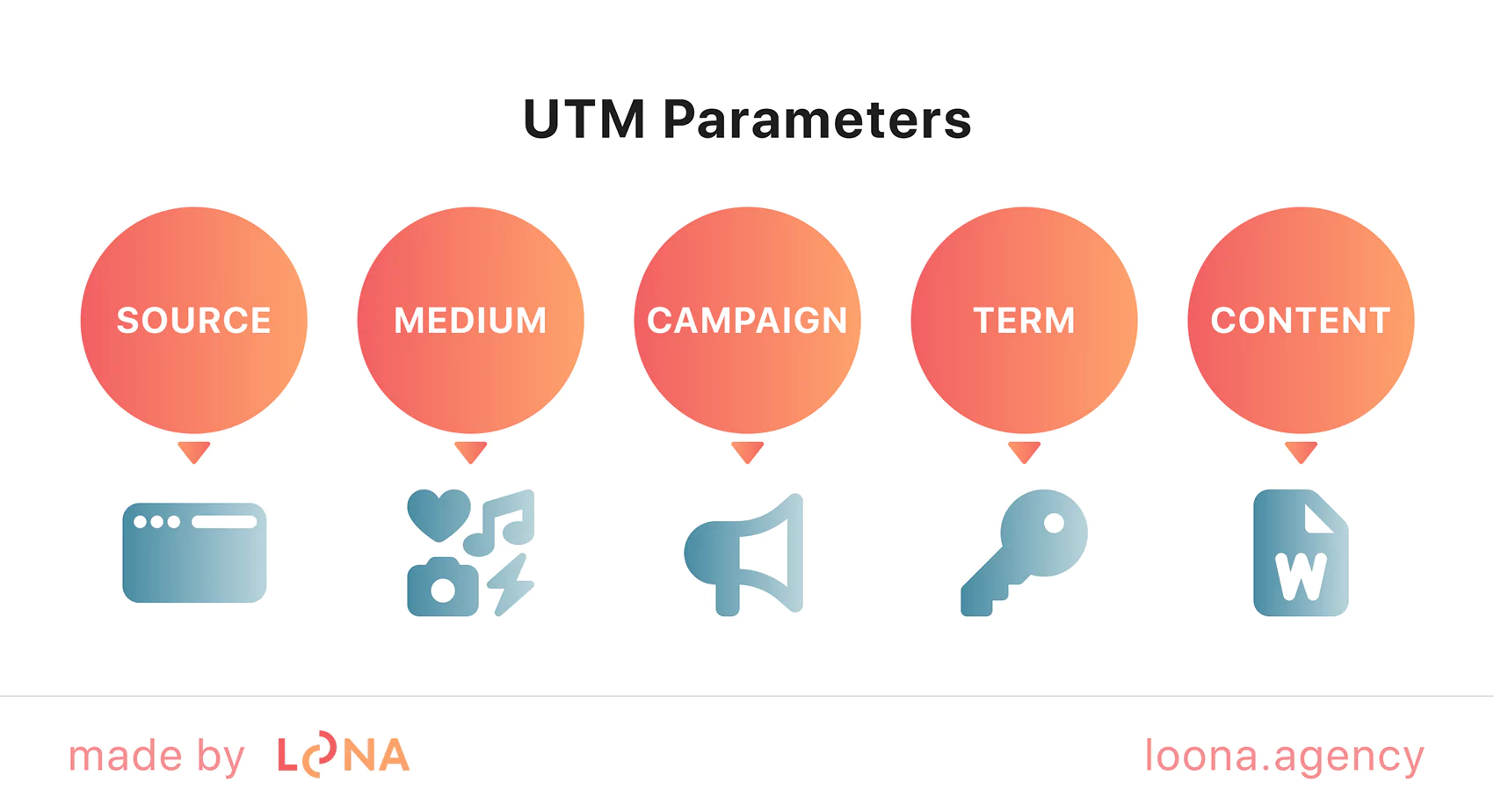
Common mistakes when comparing SEO vs SEM
Businesses often reduce the analysis to “what is cheaper in a week,” ignoring the customer lifecycle. Mistake number two is using different landing pages for ads and organic results: metrics become incomparable, and users receive inconsistent promises. Another error is the lack of normalization: different cities, seasons, and conversion goals.
To properly assess the difference between SEO and SEM, maintain a shared metrics dictionary: CPL, CPA, LTV (lifetime value), and control periods without changing creatives or bids. In the context of SEM SEO digital marketing, campaigns should receive weekly cleaning of search terms and negative keywords, and SEO should not be measured in the first few weeks.
Like SEM, organic traffic has inertia and requires time for indexing and updates. When a unified methodology is applied, SEM vs SEO marketing produces transparent conclusions and allows budget shifts toward better CPA without sacrificing long-term growth.
Additional pitfalls include mixing branded and non-branded traffic in the same report, comparing queries with different intent, inconsistent definitions of “conversion” (call vs. form submission), and failing to import offline deals into analytics.
Clarify brand incrementality through short holdout periods, segment audiences, and maintain a shared UTM template. Do not rely solely on last-click attribution: monitor assisted conversions and position-based models — SEO often “guides” the user, while SEM closes the deal.
Another mistake — evaluating performance without considering the SERP layout. Ad blocks, the Local Pack, and snippets all affect CTR and page requirements. Add call tracking, unified GA4 events, and an SLA for responses ≤5 minutes — without these, channel-to-channel comparisons lose their meaning. For tests, change only one variable at a time and fix measurement windows; violating testing discipline invalidates any conclusions.
How to turn channels into manageable profit
In the SEO vs SEM discussion, there is no universal winner. SEM provides a fast influx of leads and tests messaging; SEO builds visibility and reduces CAC over the long term. The most effective approach is their joint orchestration: one intent map, the same landing pages, unified UTM, and shared conversion goals.
Want to manage your budget based on data? Contact us to shift spend to areas with lower CPA and more consistent lead quality. This way, SEO and SEM stop competing and together generate a predictable ROI.






